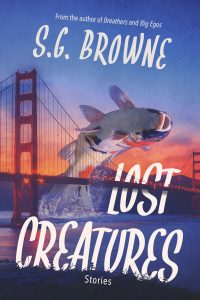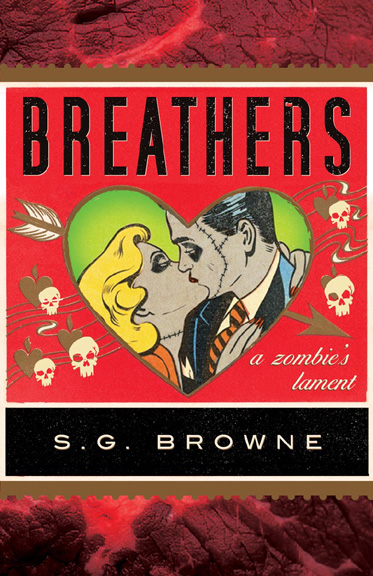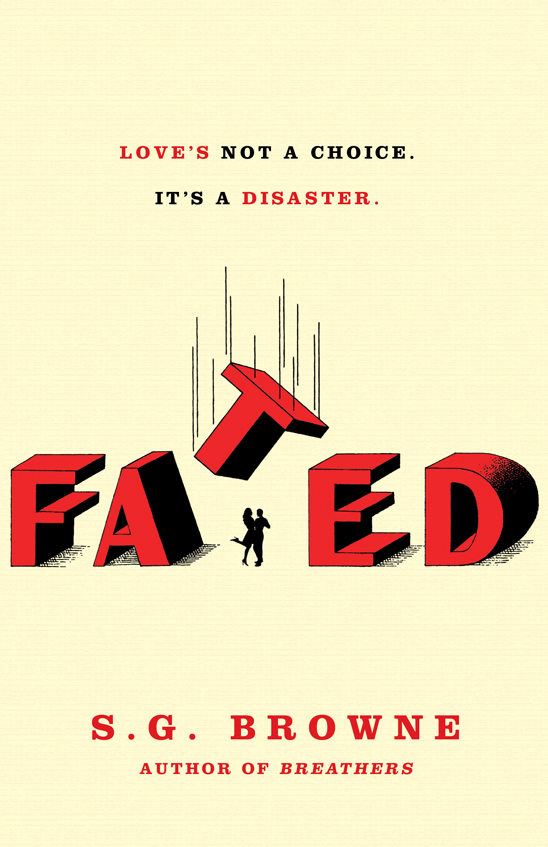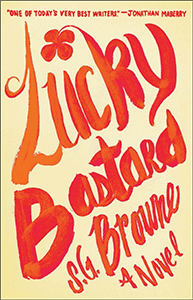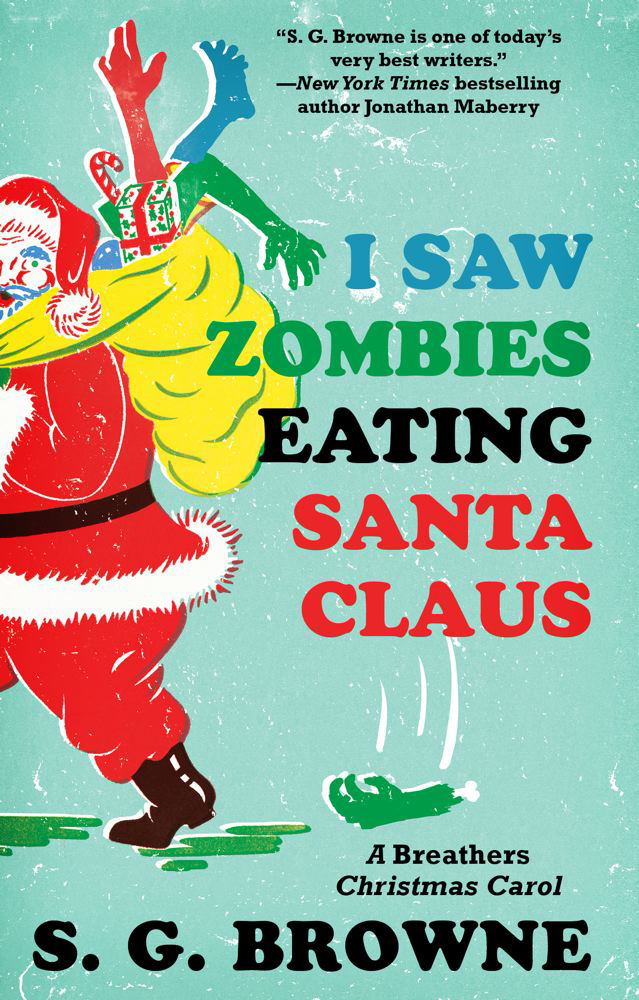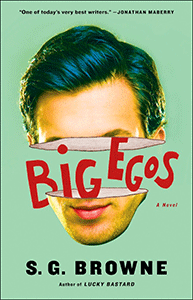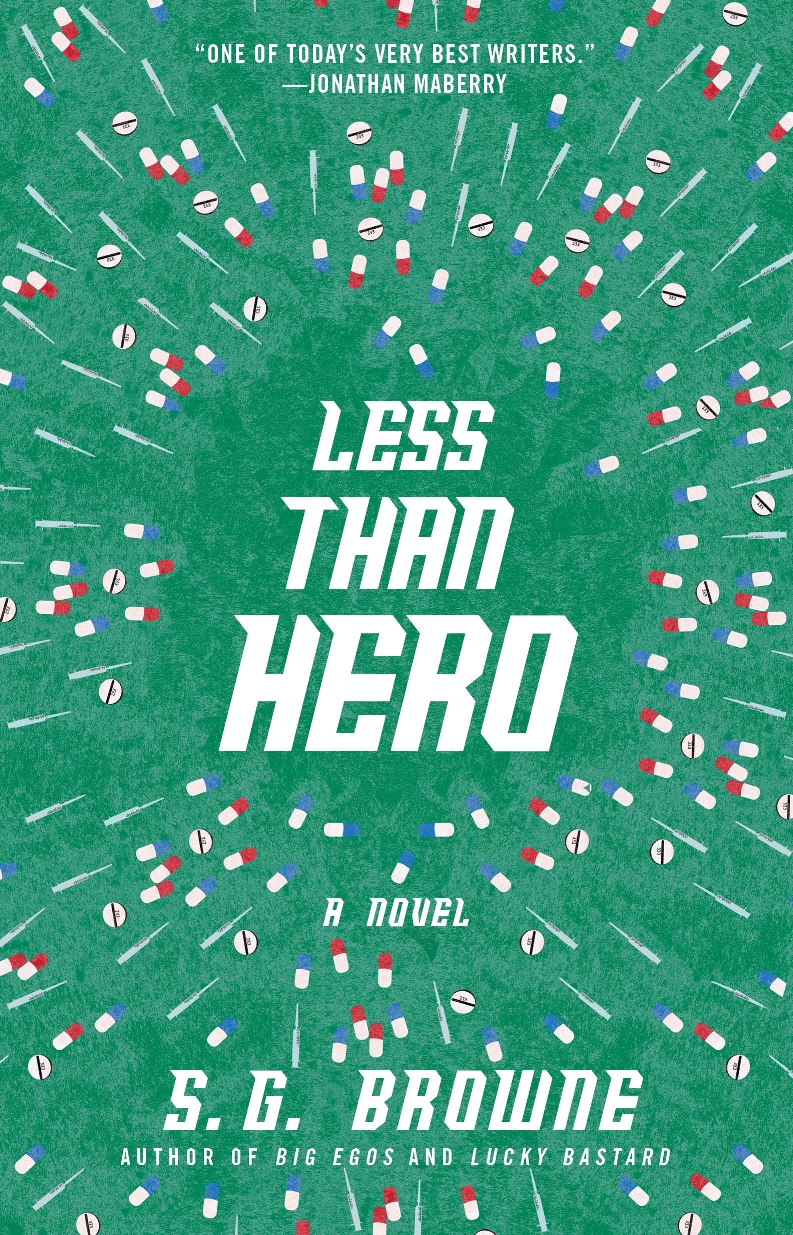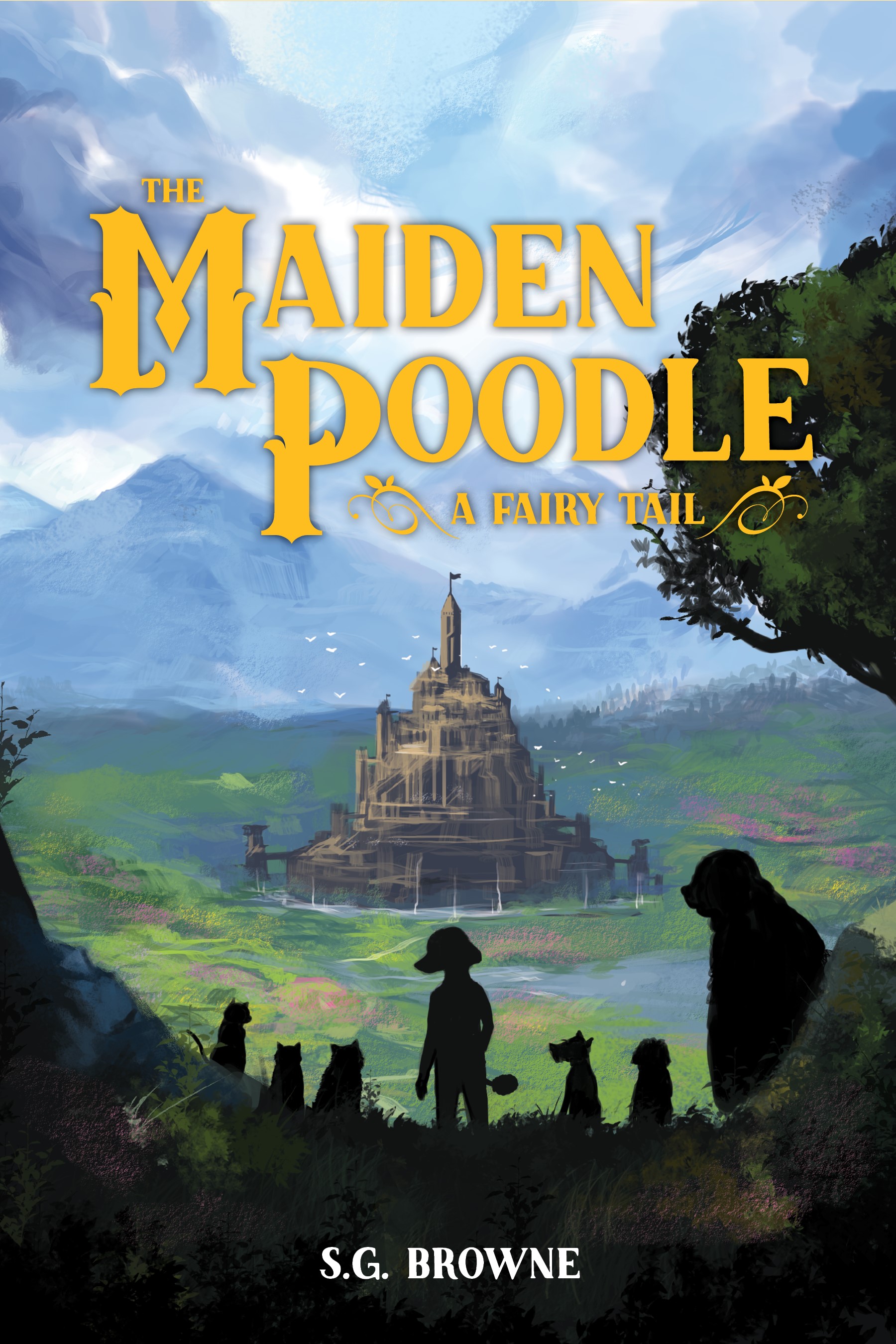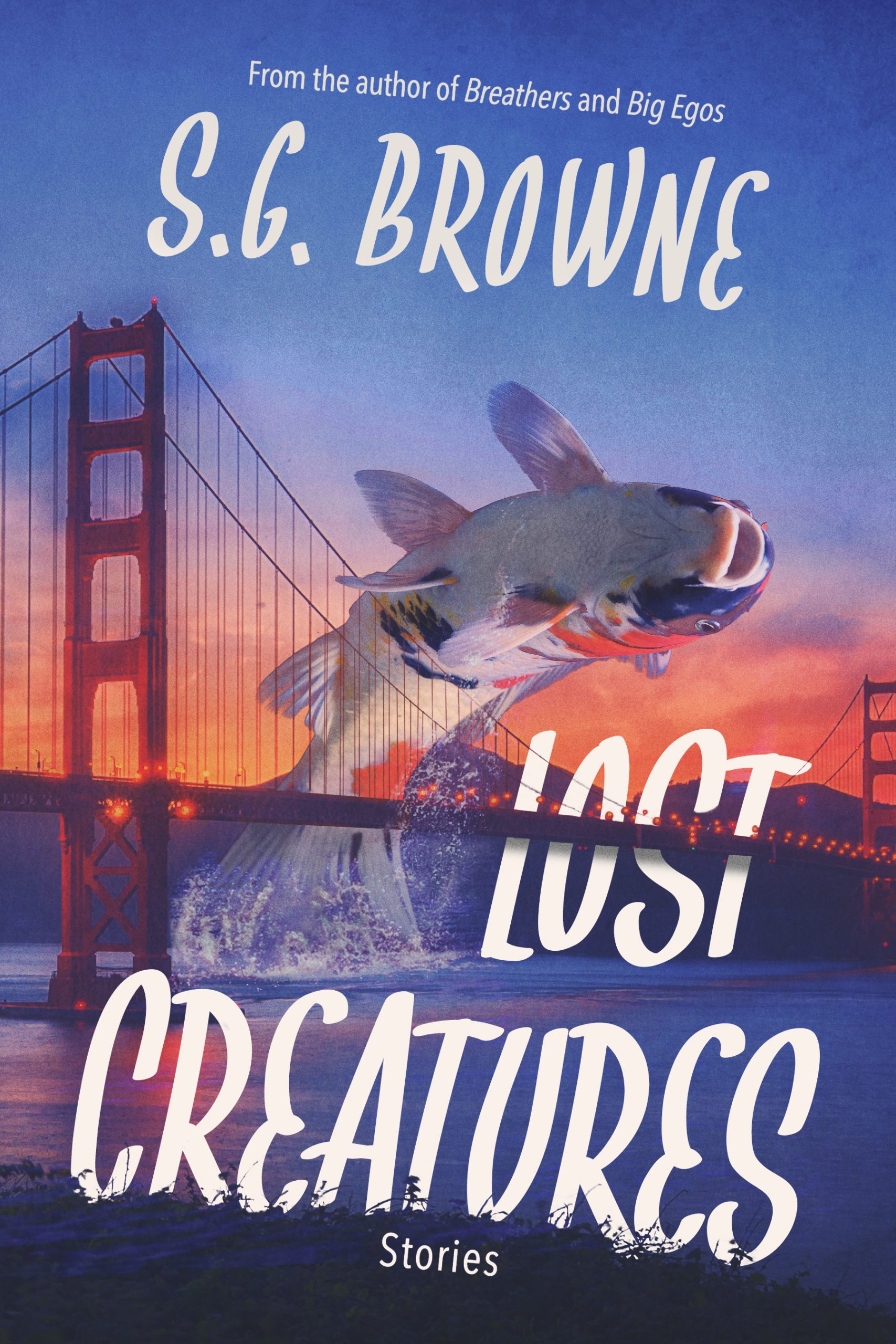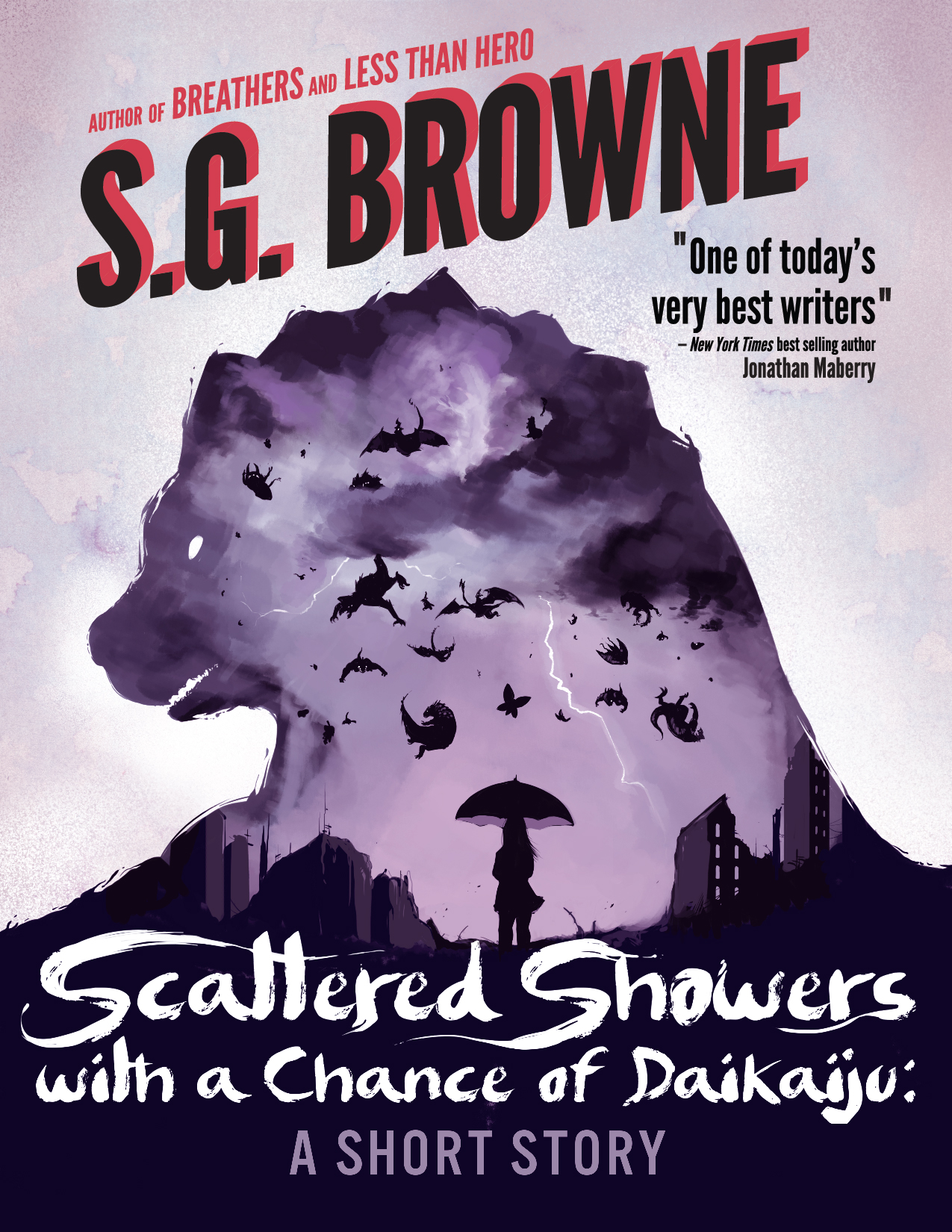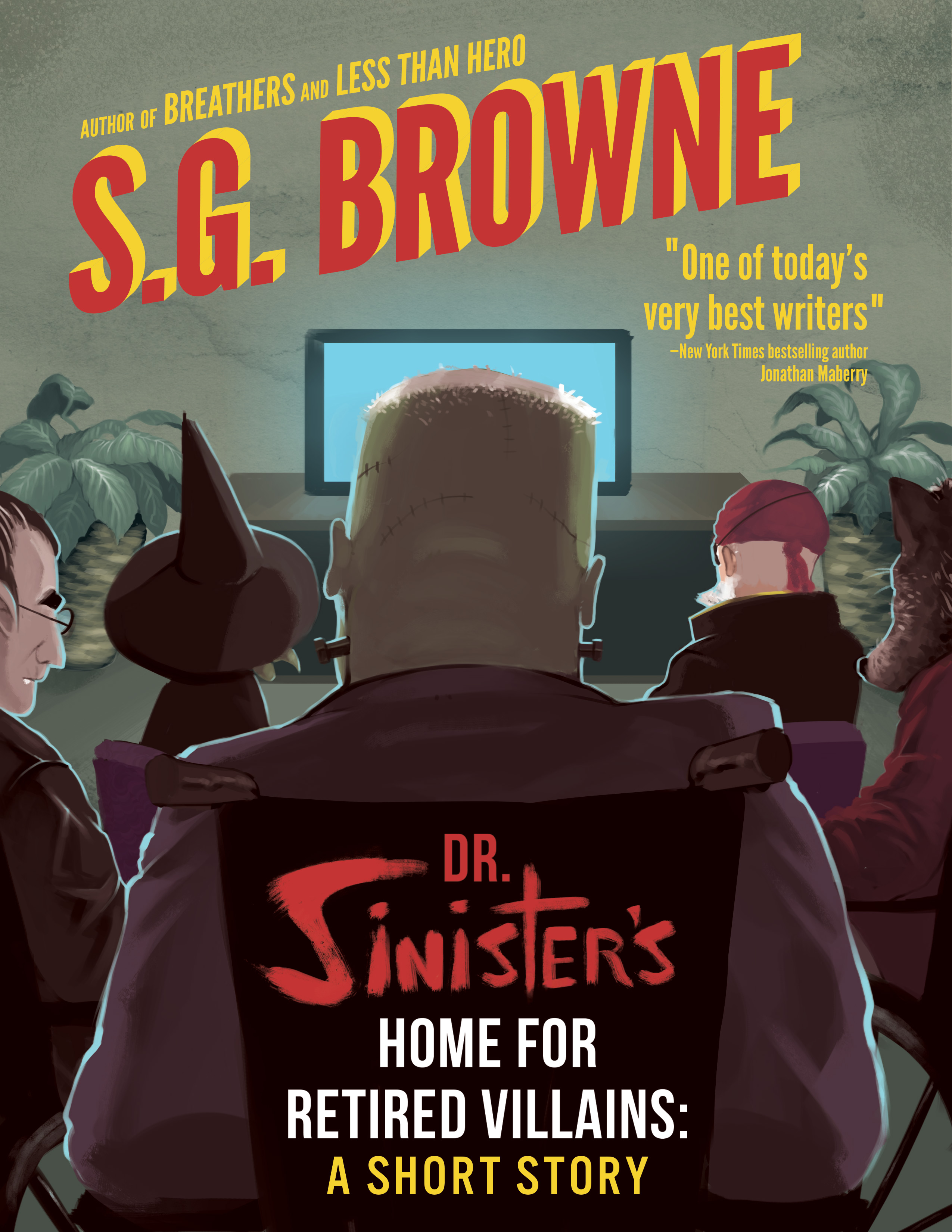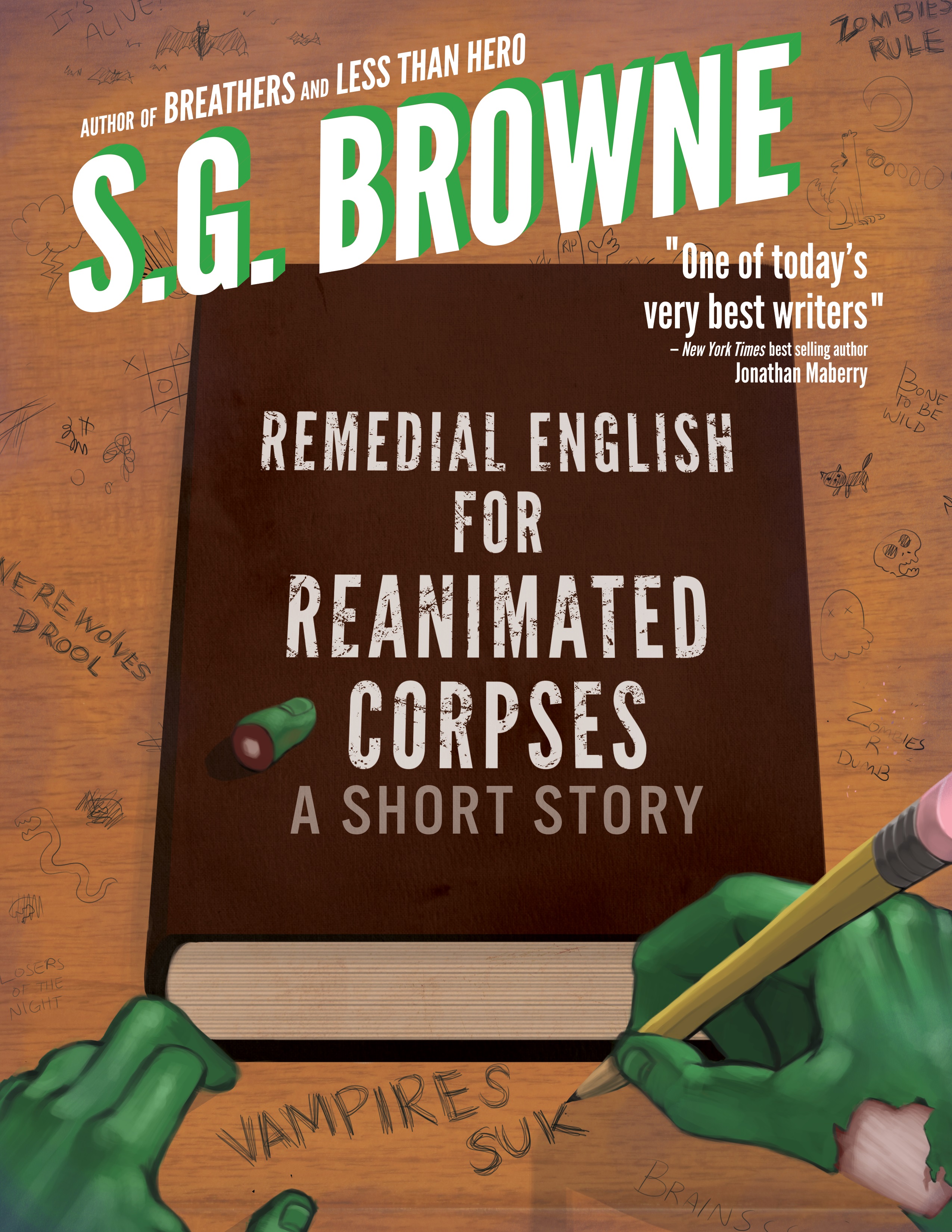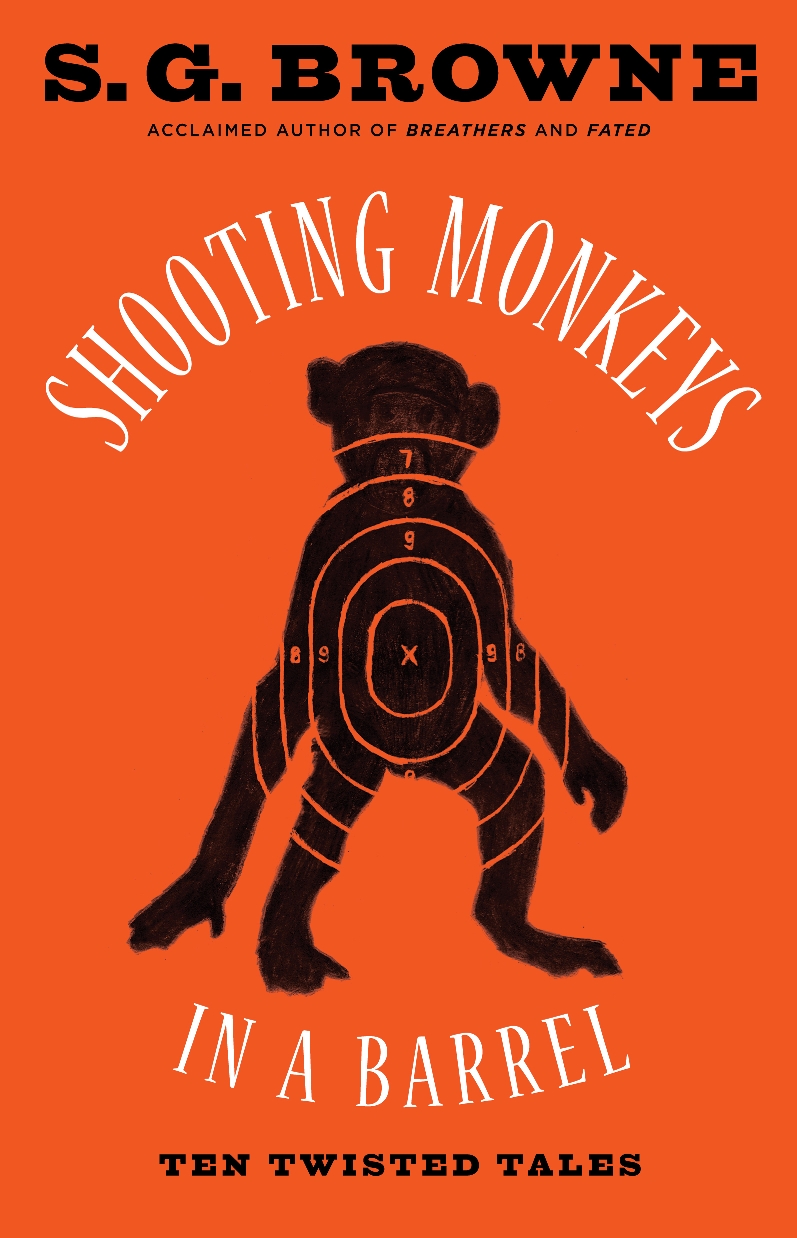The Writing Life: Who’s Afraid of Good Dialogue?
In August of last year, I wrote a blog post about dialogue and suggested that any writer or aspiring writer should watch films and read screenplays for a lesson in writing good, believable dialogue. After all, most films are action and dialogue. Except for The Graduate. There’s a lot of comedy there in silent pauses.
But in the same way that movies are great teachers in writing snappy conversations, plays are just as helpful. After all, they’re pretty much all dialogue, so if the dialogue doesn’t work, neither does the play.
I read a lot of plays in college for a scriptwriting class and fell in love with a number of works by Tennessee Williams and Eugene O’Neill, though I wouldn’t recommend them unless you’re looking for some heavy themes and a lot of disillusionment and despair. So they won’t exactly take you to your happy place. But the dialogue is excellent, especially A Streetcar Named Desire and Cat on a Hot Tin Roof.
But my favorite plays, naturally, fell more along the lines of the comedic and the absurd—like Waiting for Godot by Samuel Beckett and Who’s Afraid of Virginia Woolf? by Edward Albee. (Which I’m currently re-reading.) If you’ve never had a chance to read either of these and would like to see comic and insightful dialogue at it’s best, I suggest both of them.
For more contemporary plays, I’d recommend August:Osage County and Killer Joe (the film version of which I recently reviewed) by Tracy Letts. You might also want to check out The Pillowman by Martin McDonagh, who also wrote the screenplays for In Bruges and the upcoming Seven Psychopaths, which tops my list of fall films to see.
Obviously there are fiction writers who know how to spin a good conversation, but as writers our job is to learn how to improve on what we do and it would be to our detriment to ignore two mediums where dialogue rules and exposition drools.
